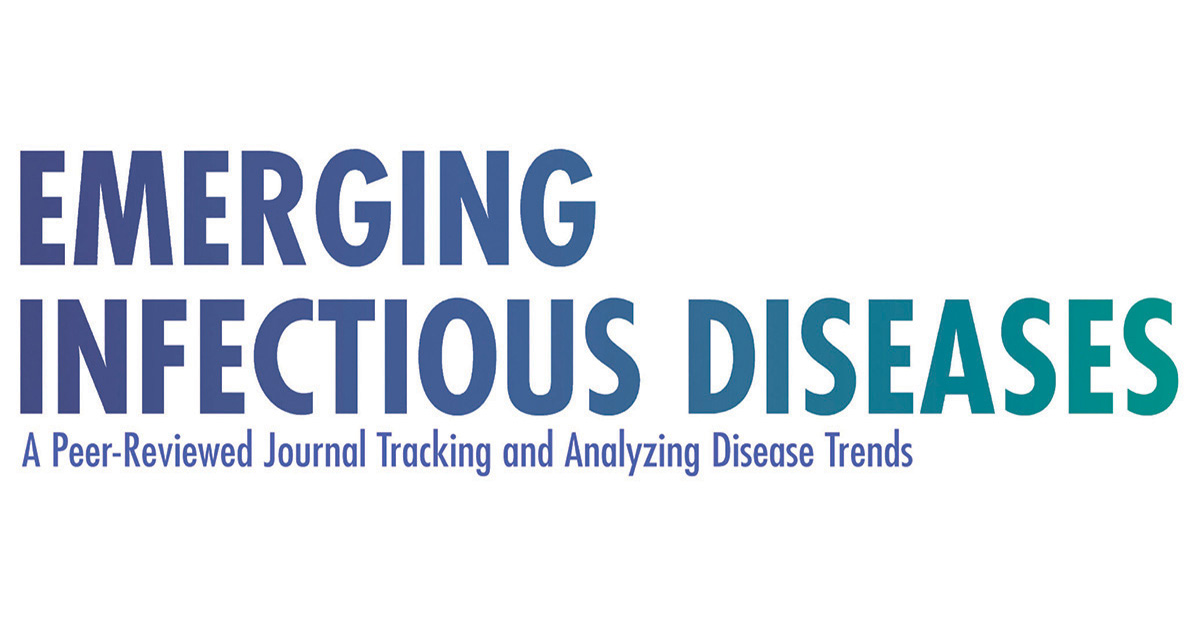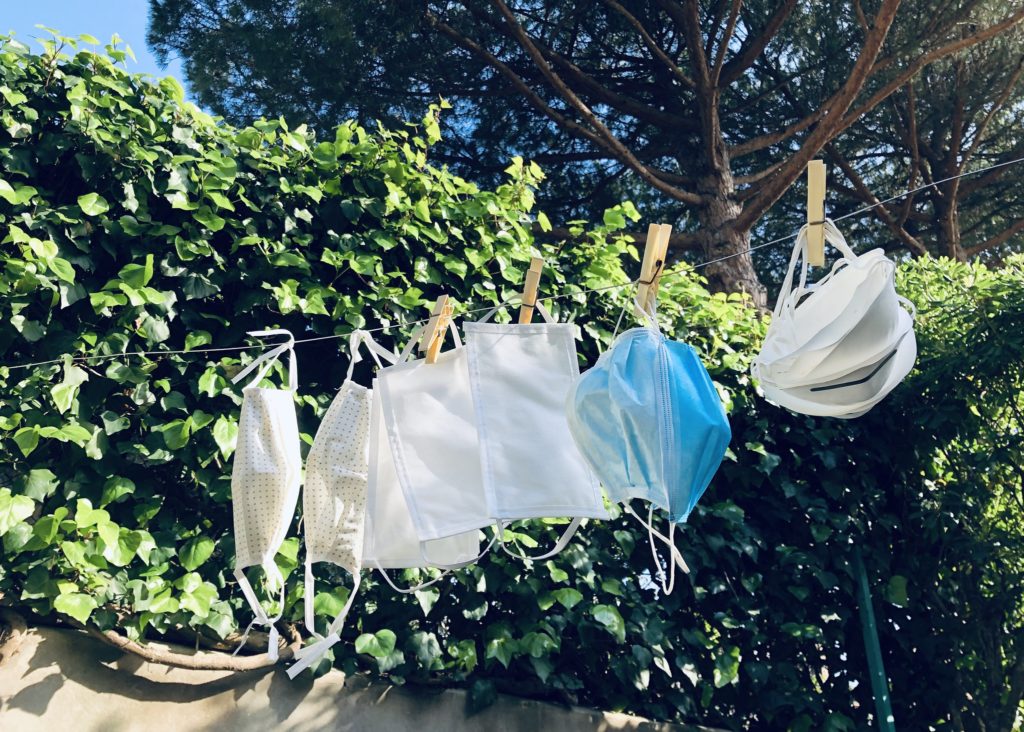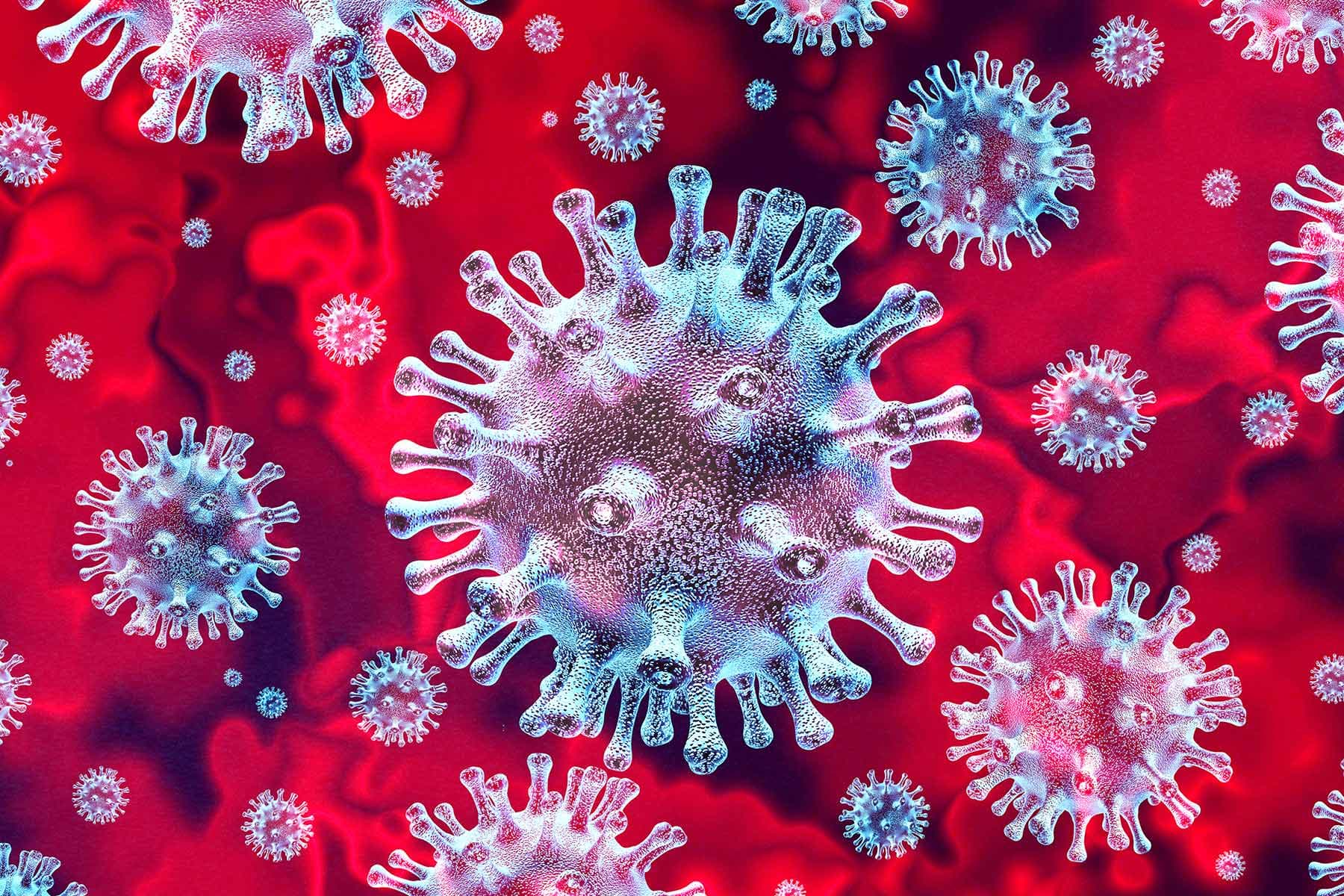One year since the coronavirus outbreak in China's central city of Wuhan, the world has learned a lot about Covid-19, from the way it spreads through tiny droplets in the air to vaccines against the virus. Despite these advances, a chasm remains in our understanding of the virus that's killed nearly 2 million people and whipsawed the global economy: we still don't know how it really began. Where the pathogen first emerged and how it transferred to humans is a stubborn mystery, one that's becoming more elusive with each passing month. Before the initial cluster among stall holders at a produce market in central China, the trail largely goes cold, and the country the novel coronavirus hit first — the place blamed for unleashing the disease on an under-prepared world — now has little incentive to help find the true origin of the greatest public health emergency in a century. China has effectively snuffed out Covid-19, thanks to stringent border curbs, mass testing and a surveillance network that allows infected people and their contacts to be tracked via mobile phone data. With the fight over the pandemic's source becoming an extension of the broader conflict between the world's two superpowers, it's now trying to revise the virus narrative from the beginning, and nowhere is that more evident than at the original epicenter: Wuhan. Images of first responders dwarf the entrance to the city's bright red exhibition hall like heroes from Maoist-era propaganda posters: the police officer, the doctor, the soldier; their faces obscured by masks. Inside, a giant photo of a nurse's inflamed and peeling hands hangs over an army of mannequins in Hazmat suits. A 3D hologram of medics tending to a critical coronavirus patient is beamed over a real-life hospital bed, the beeps of a heart-rate monitor creating a sense of drama not lost on the college students shuffling past transfixed. Nearby, testing kits are sealed in clear display cases, labeled like artifacts from another time. As the world continues to grapple with soaring death counts and mutated strains, China is already relegating the pandemic to its version of history. The Battle Against Covid-19 Special Exhibition seeks to memorialize everything from mask-making machines and 2,000-bed temporary hospitals to lockdown haircuts and remote learning. A timeline at the entrance to the exhibit chronicles President Xi Jinping's virus actions in careful detail, starting on Jan. 7, when he ordered the country's leaders to contain the rapidly swelling outbreak and ending in September, when Xi gave a speech to bureaucrats in Beijing on how China tamed the coronavirus. There's no mention of the Huanan seafood market, those first infections, or the public uproar at the government's cover-ups in the early days of the epidemic, when it hid the extent of human-to-human transmission and delayed taking action. Li Wenliang, the whistleblower doctor whose death from Covid-19 sparked the biggest backlash Beijing had seen in years, appears in a lineup of other Wuhan physicians felled by the virus, hardly recognizable. For many Chinese, that anger has been replaced with a sense of pride, that their country bested a crisis that's all but defeated the U.S., leaving China stronger and on track to become the world's biggest economy five years earlier than previously estimated. Emboldened by its success — Wuhan has had no locally-transmitted cases since May — Xi's government is going a step further: mounting a concerted campaign to dispel the idea that China was the ultimate source of the virus, known officially as SARS-CoV-2. After a spate of cases in port and cold storage workers, state-backed media are claiming the virus could have entered the country on imported frozen food, and have seized on research that suggests there were infections in the U.S. and Italy over a year ago. While some of these theories may have credence, the irony is that we may never know. China has stalled efforts by the World Health Organization to get top infectious diseases experts into Wuhan this year.






